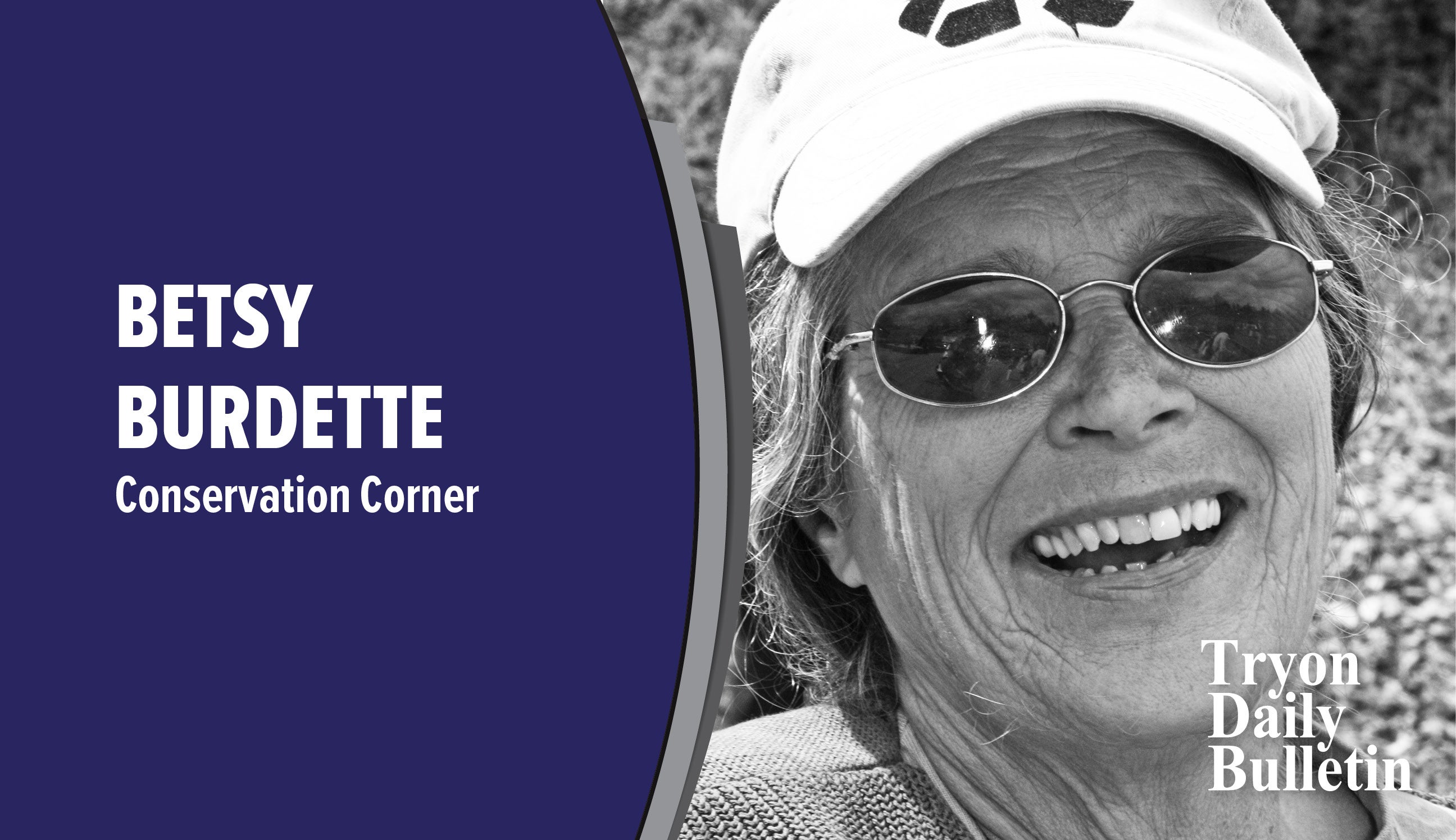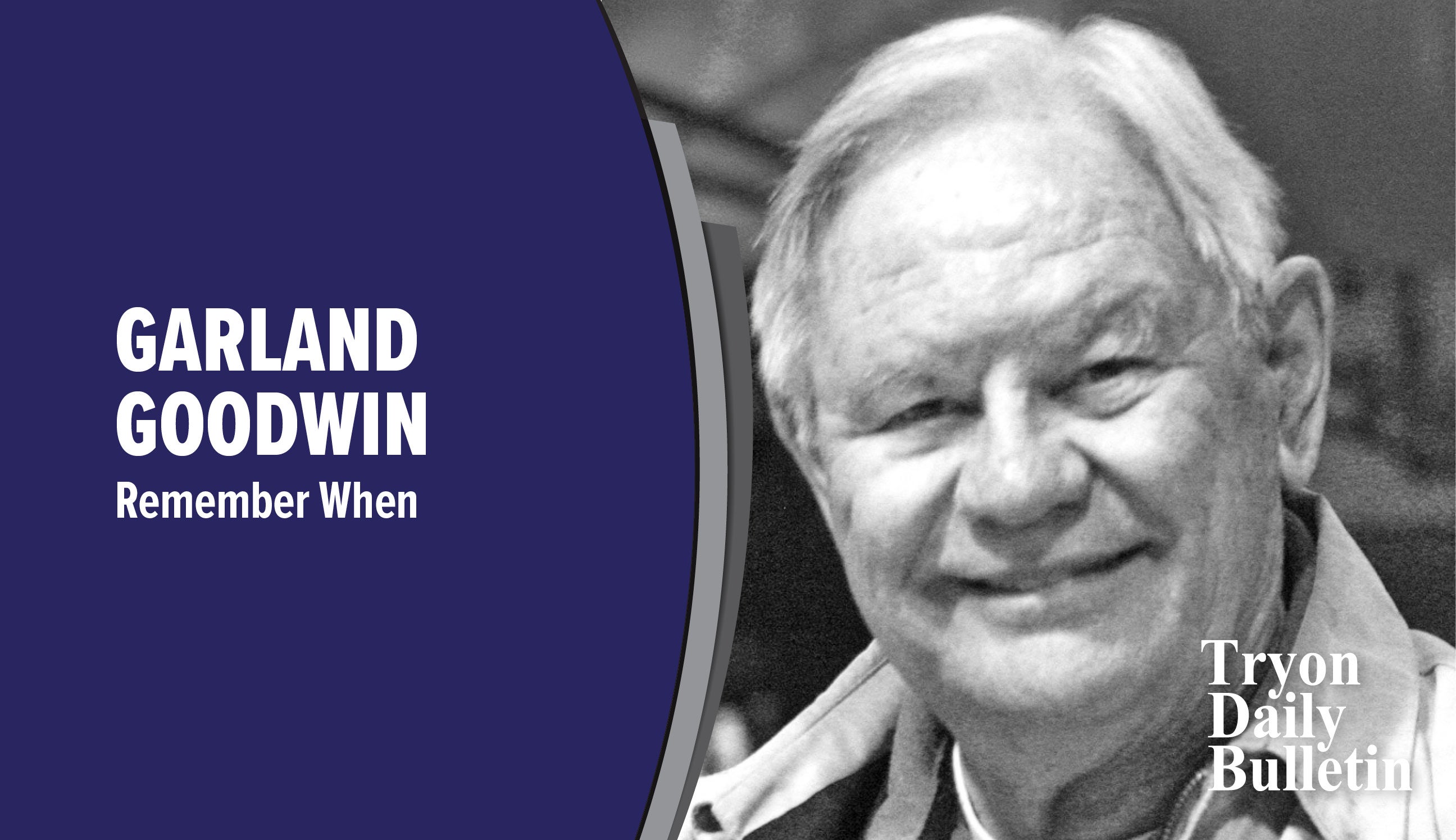Get fit and get stronger
Published 1:46 pm Monday, February 14, 2022
|
Getting your Trinity Audio player ready...
|
Get fit and get stronger.
As a master personal trainer, I instruct and teach people at the beginner, intermediate and advanced levels. I even educate other personal trainers to better their skills and to sharpen their own exercise routines. The tips I’m going to share with you today can benefit all those trying to stay fit, and get stronger, at any age or skill level. Here we go…
Stay hydrated – Remember, muscle is composed of 70 to 75% water, so if your muscles have lost water, it’s like running on flat tires. Muscles won’t work right, or even look good when dehydrated. Additionally, it takes time for your body to absorb the water you drink, so don’t just refresh before exercising, but during and afterwards. If you wait until you’re thirsty, your muscles will have down time. Also, as folks age, their body’s thirst mechanism can start to shut down, so they don’t feel thirsty, even while they are dehydrating. One caution, though: drinking excessive amounts of water (1-1/2 gallons) at one sitting could be deadly.
Mix up that exercise routine: – No matter your fitness level, there’s no such thing as the perfect exercise routine forever. Your body will adapt to it, then progress can slow. Every exercise I have clients perform is to get them ready for yet a different exercise for that specific muscle group. This gets them in shape faster, and more consistently. By the way, of all my clients, I have no two on the same exercise routine, because every individual is different, with particular needs.
Always work abdominal muscles last – Whether you’ve never exercised, or you’re a professional bodybuilder, there is absolutely no exercise routine in which abs should not be trained last in your exercise regimen…period! Abdominal muscles (abs) are “stabilizer” muscles, so if you work them early on in your routine, it will weaken muscles for all other exercises, so you won’t make the progress you should.
Get enough sleep – Muscles don’t tone, tighten and strengthen during exercise or a workout. Muscles accomplish all that hours later while you sleep, including sleep stages 3 and 4, known as “deep” sleep, and “rem” (rapid eye movement) sleep, also known as “paradoxical” sleep. I require that all clients on time sensitive programs, (athletes, law enforcement, firefighters, dancers, models, other performers, etc.) get an extra hour of sleep each night, whether they have to go to bed an hour earlier or get up an hour later. A nap just won’t do it because there must be a specific cycle of sleep, to be effective.
Perform compound exercises – Using isolation exercises like bicep curls and leg extensions are necessary, but you’ll get more bang for your buck by utilizing exercises that train several muscle groups at the same time. Effective compound exercises include lunges, squats (often called “the king of exercises”, because they work most of the muscles in the body), pull-ups, dips, military (shoulder) presses, deadlifts, rows and bench press.
Always use good exercise form – Performing exercises (particularly strength training) correctly is crucial for both safety and progress. You’d be amazed at the complexity of certain exercise movements. These movements involve circumduction, protraction, retraction, flexion, extension, and rotation, just to name a few. Here’s the thing. With so many exercises, just a half inch change in correct directional movement can triple your rate of success from that same exercise. Get help from a professional, though.
Perform exercises in the proper sequence – Ideally, when working out, you should go from larger muscle groups to smaller ones. There are exceptions, of course, but the order for those exercises could go from legs, back, chest, shoulders, triceps, biceps, and finally, abs. Remember, tabs are always last.
Use more free weights than exercise machines – Weight lifting machines have their place, but you won’t get fit or strong nearly as fast using this type of exercise equipment. There’s a trade off for each. Machines are more safe to use, compared with free weights, because they have parts called “cams.” Cams are joints on exercise machines that permit one to maintain muscular tension while allowing the exercise movement to feel smoother, utilizing more leverage. This means you usually just have to push or pull the weight on fitness machines, because these cams balance for you. You won’t work nearly as many muscle fibers using machines. Free weights can be more dangerous to use, but because you have to provide balance, many more muscle fibers are recruited, thereby getting you in shape much faster.
David Crocker is a nutritionist and master personal trainer. Questions? Email David at dwcrocker77@gmail.com.





